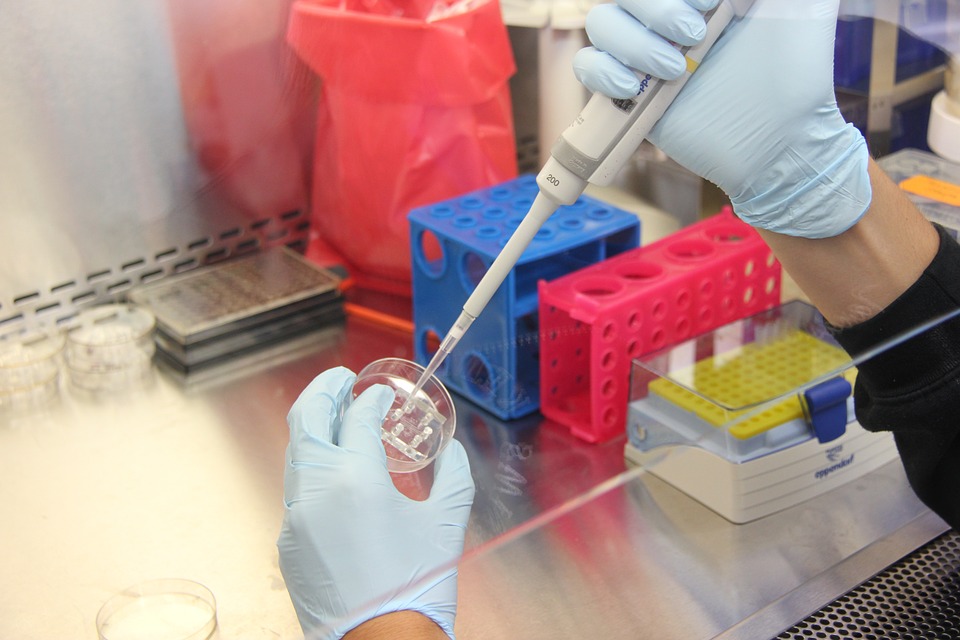
A desiccator is a type of enclosure in which desiccants are placed to ensure moisture-sensitive products are properly protected. For instance, desiccators by Terra Universal can be found when protecting hygroscopic chemicals. As soon as the desiccator is opened, its contents become exposed to environmental moisture. Furthermore, achieving the low levels of humidity in the chambers takes quite a lot of time. This is why these boxes should not be seen as storage solutions for any alkali material. Instead, Schlenk-types and gloveboxes may be more suitable.
How Desiccators Are Used
In some cases, a desiccator can remove any remaining traces of moisture in a sample. However, this is generally not enough. Rather, an Abherhalden’s drying pistol will be necessary.
When needing to weight a substance, scientists can use crucibles, weighing bottles, or watch glass. However, this does not provide an accurate measurement, unless the object is of the exact same temperature of its balance. If the object is colder or hotter, the item shortens or lengthens, which means the reading will be incorrect. Furthermore, when an object is warm, it starts to rise once it gets in contact with air. When this happens, the balance pan goes up, further increasing the error. Hence, it is important that an item is not measured on a balance until it has reached the exact room temperature.
Elements of the Desiccator
A desiccator has a lower compartment, in which you will find one of four elements that absorbs water vapor. Those are:
- Freshly calcined quicklime.
- Silica gel.
- Anhydrous calcium chloride (rarely, as it is not as effective).
- Drierite.
The upper compartment will then hold the item that must be desiccated. Usually, it will be placed on a perforated, glazed ceramic plate. The lid then has to be greased with a lubricant such as petroleum jelly or vacuum grease to ensure the seal is airtight. The lid, meanwhile, should be used with great care, sliding on and off instead of being picked straight up and put back down.
How the Desiccator Is Used
Desiccators are found in laboratories. They are usually circular in shape, and they are constructed using heavy glass. Generally, items can be placed and stored on a removable platform within the desiccator. The space under the platform is filled with an inert solid, with silica gel being the most common. Sometimes, this silica is color-changing so that laboratory personnel knows when it needs replacing. Usually, indication gels as they are known, start of blue, changing to pink, but this can vary.
Sometimes, the desiccator comes with a stopcock, which enables swift evacuation if necessary. If this is included, then you are actually working with a vacuum desiccator. This is because vacuum has to be applied as well. At this point, tape is used to keep everything together in order to create the perfect seal. Indeed, getting the seal wrong could lead to an implosion, which is known to have had lethal consequences.